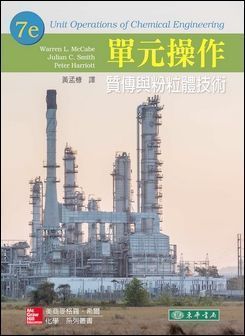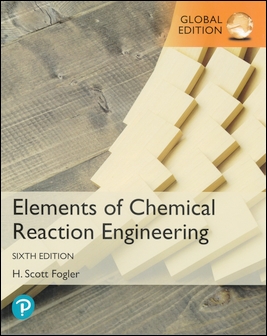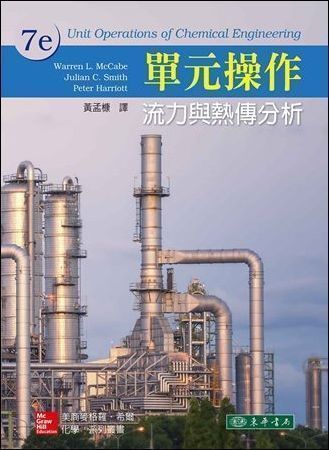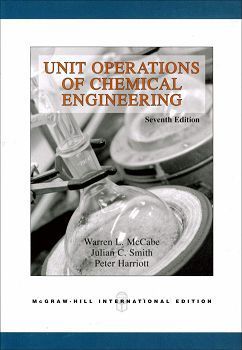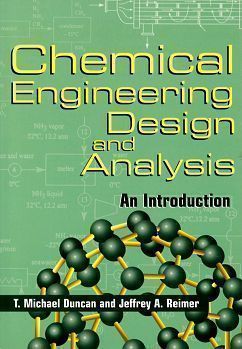書籍分類
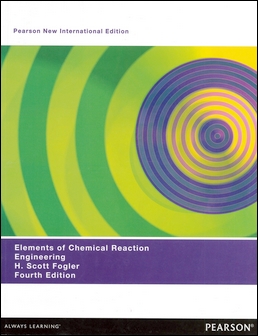
Elements of Chemical Reaction Engineering 4/e with CDs/1片
作者:H. Scott Fogler
原價:NT$ 1,410
ISBN:9781292026169
版次:4
年份:2013
出版商:Pearson Education
頁數/規格:880頁/平裝單色
參考網頁:Elements of Chemical Reaction Engineering 4/e
版次:4
年份:2013
出版商:Pearson Education
頁數/規格:880頁/平裝單色
參考網頁:Elements of Chemical Reaction Engineering 4/e
內容介紹 本書特色 目錄 作者介紹
- Description
The book presents in a clear and concise manner the fundamentals of chemical reaction engineering. The structure of the book allows the student to solve reaction engineering problems through reasoning rather than through memorization and recall of numerous equations, restrictions, and conditions under which each equation applies. The fourth edition contains more industrial chemistry with real reactors and real engineering and extends the wide range of applications to which chemical reaction engineering principles can be applied (i.e., cobra bites, medications, ecological engineering)



